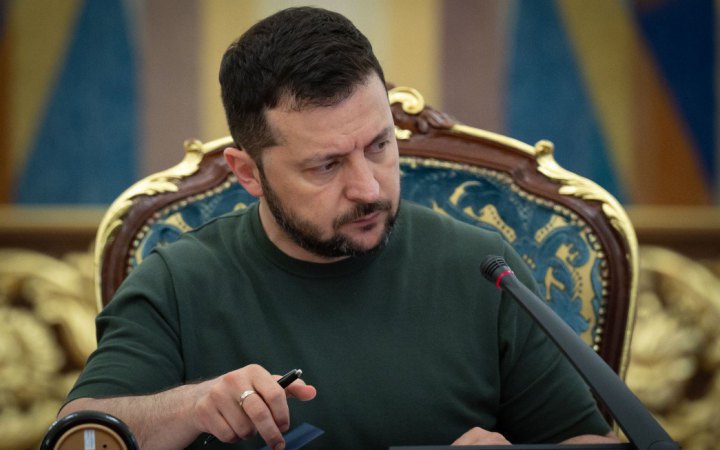During March, the Russian army used more than 400 missiles of various types, more than 600 Shaheds and more than 3,000 guided bombs against Ukraine. The data were provided by the President of Ukraine Volodymyr Zelenskyy.
"Different cities and villages of Ukraine are suffering from this terror, and Russia is striking especially hard at the frontline territories and border communities," the president said.
He noted that Kharkiv has been hit by missiles and drones since the first day of the full-scale invasion.
"Now Russian terrorists are also using guided bombs against Kharkiv. This is daily abuse and pain, daily losses in the city. Critical infrastructure has been destroyed, ordinary residential buildings are being destroyed every day," the head of state said.
He stressed that there will be no destruction if Ukraine receives reliable air defence systems that can save lives and return security to cities.
"Petriots in the hands of Ukrainians have proven that all forms of Russian terror can be fought. And this is necessary - necessary for our Kharkiv and all other cities and communities whose lives are now under Russian attack," Zelenskyy stressed.
A guided bomb is a type of aerial munition that has a gliding capability that allows carrier aircraft to be used from a sufficiently large distance from the front line, outside the air defence area. The range of an air defence missile depends, among other things, on the speed and altitude of the aircraft that drops it.
The Russian army uses the following types of KABs:
- UPAB-500V weighing 500 kg;
- UPAB-1500V weighing 1500 kg;
- Grom-E1 cruise bombs (equipped with a rocket engine to increase the range) and Grom-E2 cruise bombs;
- Drill (Russian planning cluster bomb).
The enemy also uses high-explosive aerial bombs (FAB-250, FAB-500, FAB-1500) converted into CABs and equipped with flight correction and control modules. These munitions are the most common.








